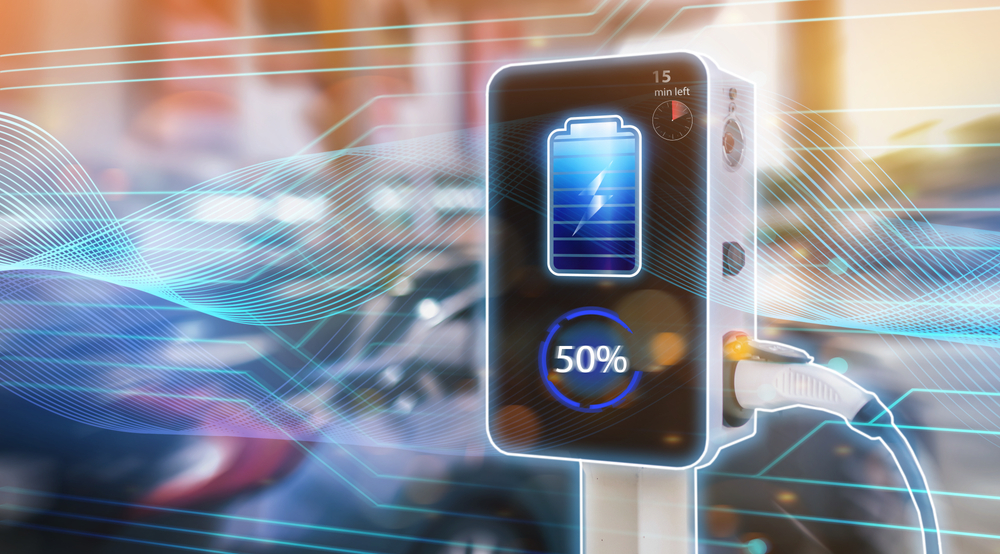Switching emergency vehicles to electric power is a complex process that comes with unique challenges. While electric vehicles offer environmental benefits and reduced fuel costs, adapting them for emergency services isn’t straightforward. From ensuring reliability in high-stress situations to overcoming infrastructure limitations, this transition presents several hurdles. Addressing these issues is essential for creating a smooth and efficient shift to electric emergency fleets.
Contents
Limited Charging Infrastructure

Electric emergency vehicles require fast and reliable charging infrastructure that is currently limited in many areas. Emergency services often cover vast territories, and the lack of sufficient charging stations, especially in rural or remote areas, can hinder operations. Installing more charging points, particularly fast-charging ones, would require significant investment and planning to ensure availability during critical missions.
Range Anxiety

Range anxiety remains a concern for electric emergency vehicles, as their battery range might not suffice for extended operations or emergencies that cover long distances. A typical EV range can decrease further when carrying heavy equipment, making it essential to ensure that the vehicles can travel long distances without the need to recharge, which could delay critical missions.
Charging Time

Unlike refueling a traditional gasoline vehicle, which takes minutes, electric vehicles can take hours to charge. This poses a significant issue for emergency vehicles, which need to be ready at a moment’s notice. Even with fast chargers, the time to recharge an EV may not be short enough to match the immediate response needs of emergency services.
High Upfront Costs

The cost of purchasing electric emergency vehicles is substantially higher than traditional gas-powered counterparts. This includes the cost of high-capacity batteries, advanced technology, and specialized EV modifications for emergency use. The initial investment can be difficult to justify, particularly for smaller emergency departments with limited budgets.
Battery Degradation

Over time, all EV batteries experience a loss in efficiency. This means emergency vehicles will gradually lose range and reliability, especially during critical operations. In high-stress situations, a battery that no longer holds a full charge could lead to dangerous delays. Regular battery replacements are costly and add to the long-term expenses of maintaining an electric fleet.
Weather Sensitivity

Extreme weather conditions can significantly impact EV performance. Cold temperatures reduce battery range and efficiency, while excessive heat can also degrade the battery’s performance. In emergency situations, where reliability is key, the sensitivity of electric vehicles to temperature extremes poses a serious risk to their effectiveness.
Weight of Equipment

Emergency vehicles are typically loaded with heavy equipment, such as medical gear, firefighting tools, or rescue supplies. This added weight can further reduce an EV’s range and affect its performance. The additional strain on the battery could lead to a faster drain, reducing the distance the vehicle can cover without needing to recharge.
Lack of EV Models

There are currently fewer electric vehicle options that meet the specialized needs of emergency services, such as fire trucks, ambulances, and police vehicles. These vehicles often require high performance, large capacity, and special modifications that existing EV models might not offer, making the transition more complicated.
Power Grid Dependence

Electric vehicles rely entirely on a stable power grid to function. In times of disaster or power outages, which are common during emergencies, charging these vehicles could become impossible. This dependency on the grid adds an extra layer of vulnerability, as emergency services must continue to function even when the power supply is disrupted.
Limited EV Maintenance Expertise

Maintaining electric emergency vehicles requires specialized knowledge and skills that are still not widely available in all regions. Traditional mechanics may not have the training to diagnose or repair issues specific to EVs, leading to longer downtimes when vehicles need maintenance or repairs. Emergency departments may also face challenges in recruiting qualified EV technicians.
Battery Disposal and Recycling

The disposal or recycling of EV batteries presents both environmental and logistical challenges. These batteries are large, contain hazardous materials, and must be handled properly to avoid environmental harm. Emergency services must navigate the complexity of safely disposing of batteries after their useful life, adding a layer of responsibility to the transition.
Specialized Charging Equipment

Emergency vehicle fleets may require advanced, specialized charging stations, particularly those that can handle rapid charging and the high power needs of large emergency vehicles. Installing these stations in key locations, such as fire stations or hospitals, can be costly and may require upgrades to the existing electrical infrastructure to support the increased power demand.
Downtime for Repairs

EV repairs can take longer due to the need for specialized parts and technicians, which could be in limited supply. Emergency vehicles, which need to be operational at all times, cannot afford long downtimes. Extended repairs could leave departments without critical vehicles for longer periods, potentially compromising response times.
Limited High-Performance EV Options

Emergency vehicles often need to perform at high speeds, especially in police or pursuit scenarios. Many current EV models may not provide the necessary acceleration or top speed required for emergency operations. This limitation in high-performance EVs could hinder their use in critical, fast-paced situations where speed is essential.
Battery Capacity in Emergency Conditions

Electric vehicles often face rapid battery depletion when powering additional emergency equipment, such as lights, sirens, communication devices, and onboard medical machinery. In extended operations, the drain on the battery can reduce the vehicle’s operating range or cause the vehicle to lose power altogether if the battery is not adequately managed.
This article originally appeared in MyCarMakesNoise.
More from MyCarMakesNoise
13 of the Rarest BMW Cars to Ever Hit the Road

BMW has long been celebrated for its luxury, performance, and innovative design blend. Over the years, the Bavarian automaker has crafted numerous models that not only pushed the boundaries of automotive engineering but also captured the imaginations of car enthusiasts worldwide. Read More
17 Common Car Buying Mistakes That Drain Your Wallet

Buying a car is a significant investment, and making mistakes can cost you a lot of money. In this article, we’ll highlight the 17 biggest car buying mistakes you should avoid. Read More
17 Risks Involved in Restoring Antique Cars

Restoring antique cars can be a rewarding journey, but it comes with its fair share of challenges. From sourcing original parts to dealing with unexpected costs, the process is often more complex than it seems. Read More














